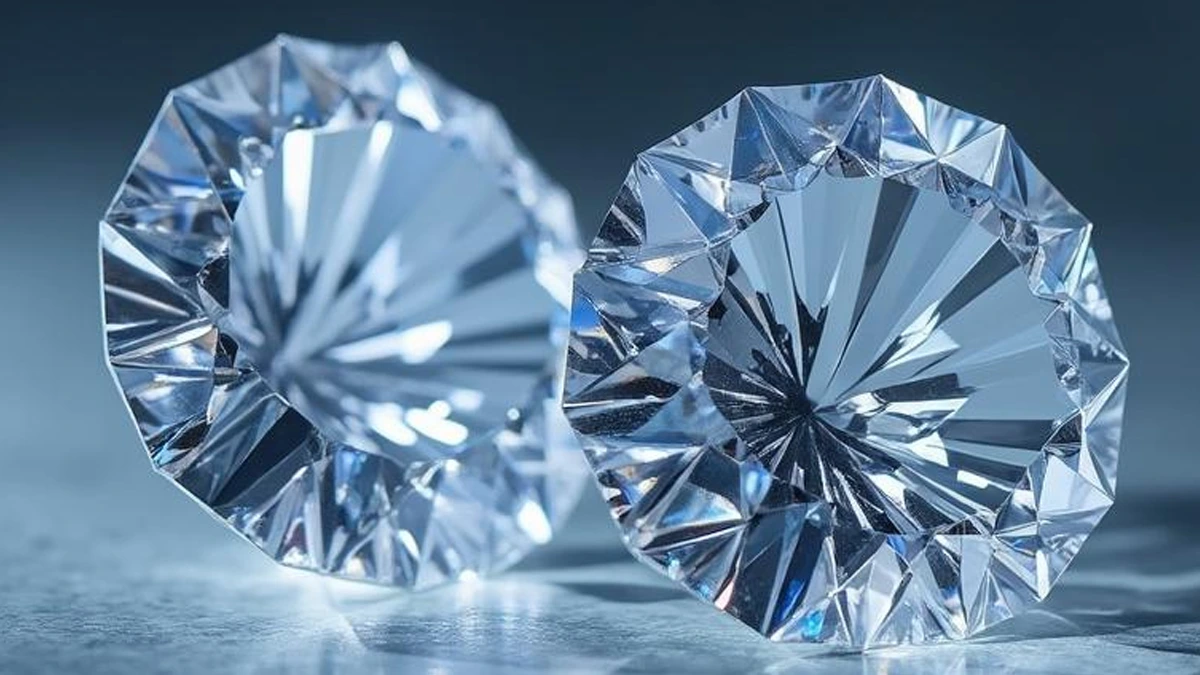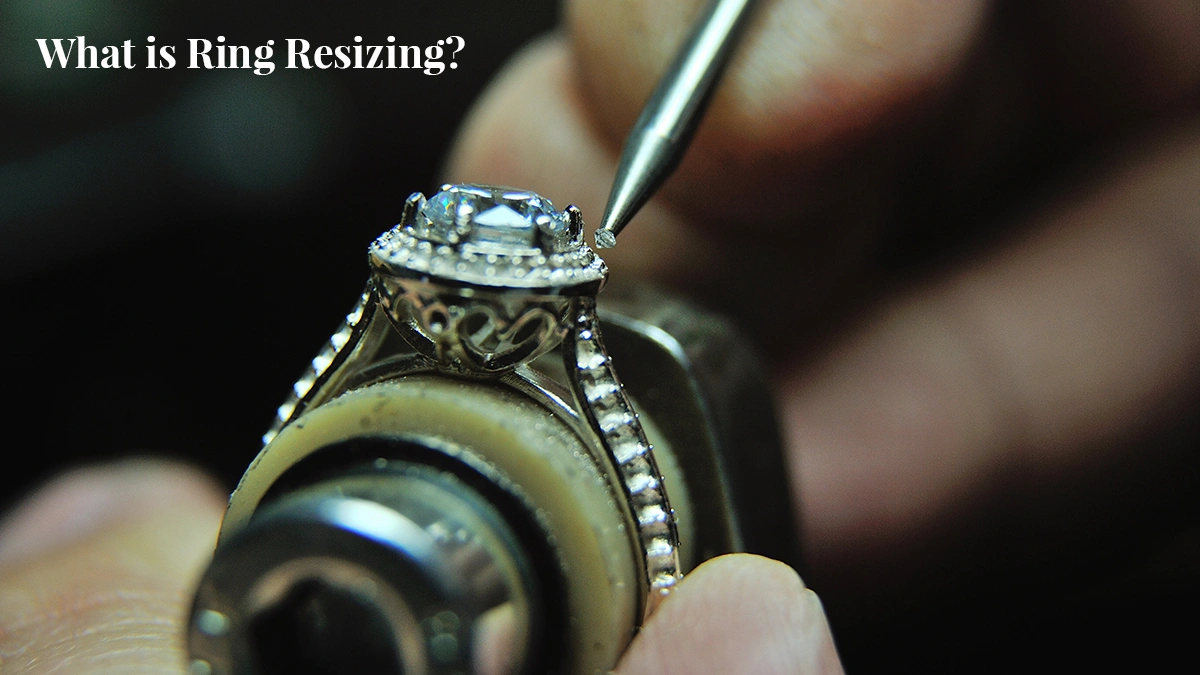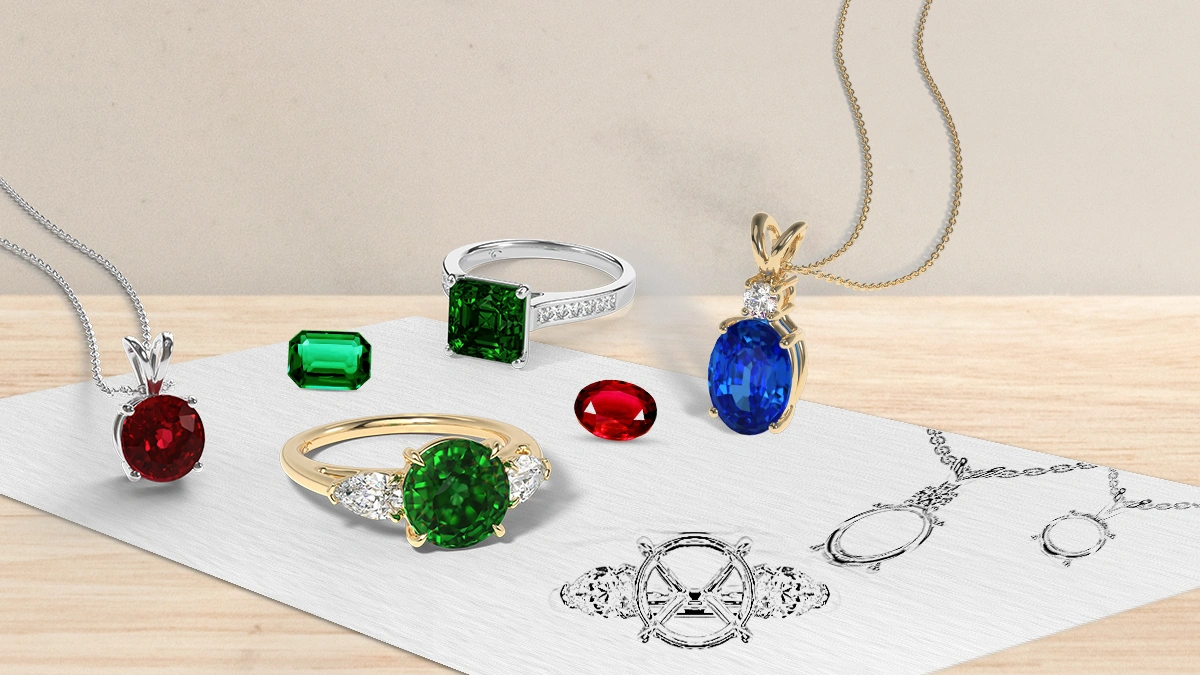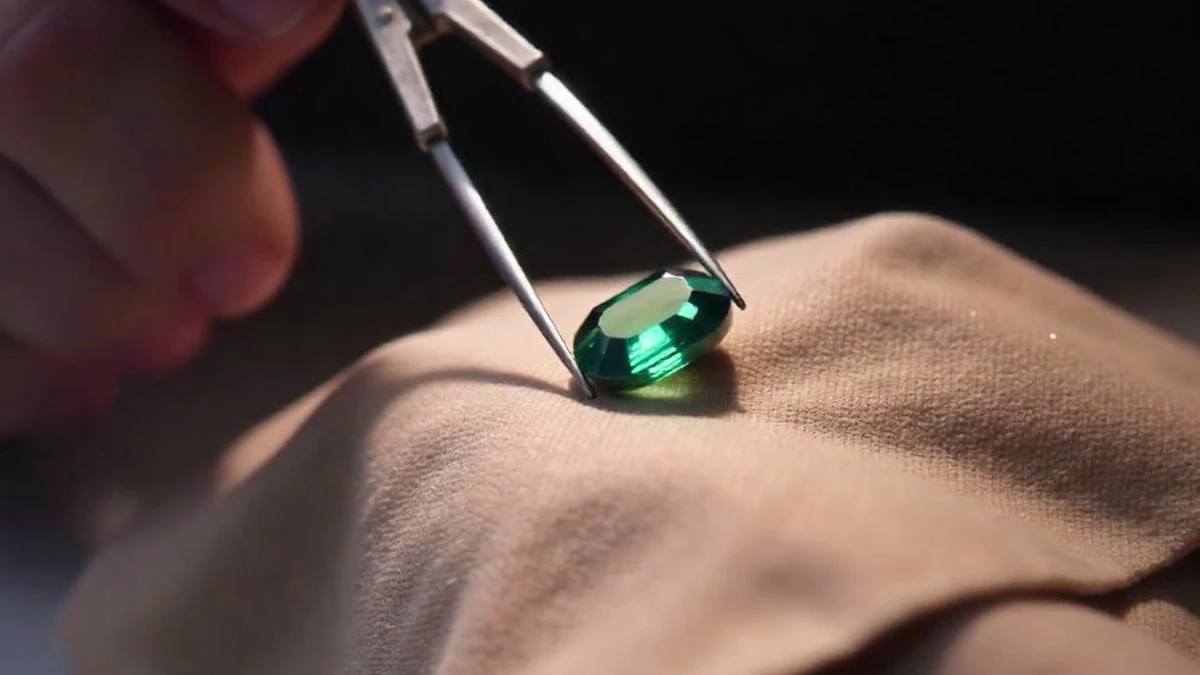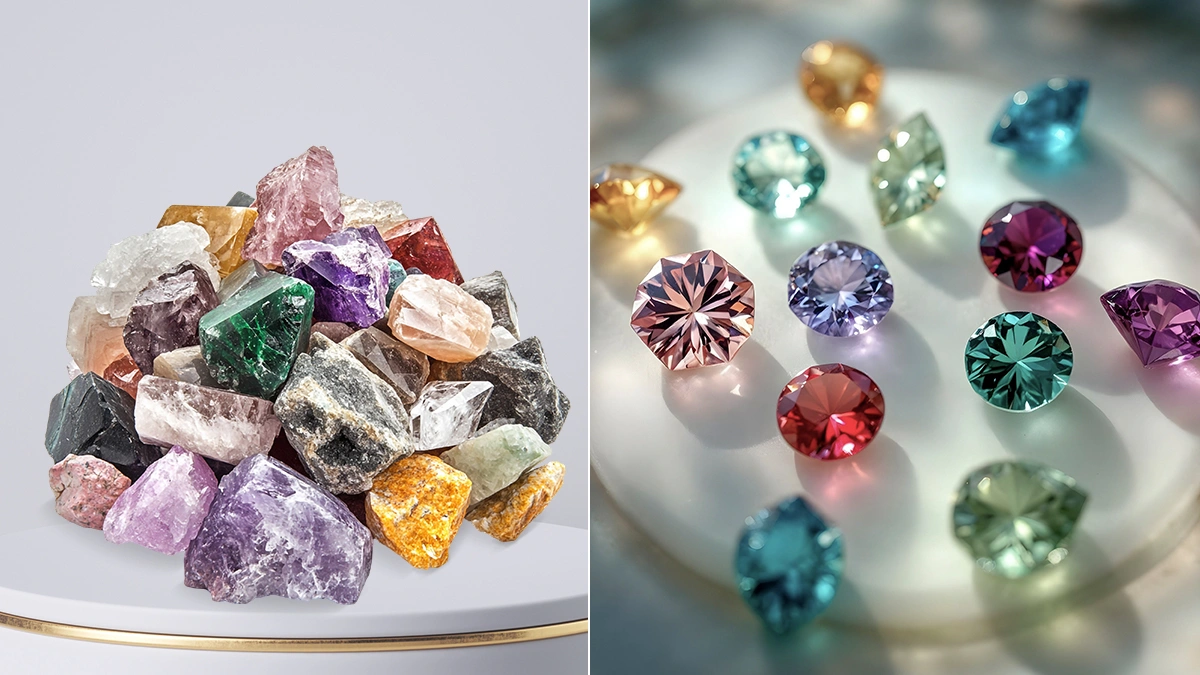Rings are possibly the most favored jewelry piece and generally garner the most attention. There are many factors to consider in the ring design process: the side stones to use, the width of the band, prong setting, channel setting, etc. The most important question asked by a designer is, “what will appeal to their customers?” Side stone settings have become one of the most popular styles in the rings segment.
The term ‘side stone setting’ refers to any setting in which the side stones (typically diamonds) feature in the band. It is a broad term, but within it there are many distinct styles that dramatically alter the appearance of a ring.
A well-designed ring showcases the center stone and the side stones in the best possible way, while staying true to the wearer’s style preference. As the jewelry industry continues to push the limits on style, the variations to choose from become endless.
Some of the most popular styles of side stone settings are prongs, bezel, channel and pave settings.
Prong Setting

The prong setting is probably the most known of all the side stone settings. The side stones are set on the band, with four small metal prongs securing them in place.
In a shared prong setting, however, the side stones share 2 prongs between each pair. This allows more light to pass through the stone which in return creates a more brilliant look as there is less metal surrounding the stones. Individual prong settings may not let as much light through them, but they are more secure as each stone has its own set of prongs.
Bezel Setting
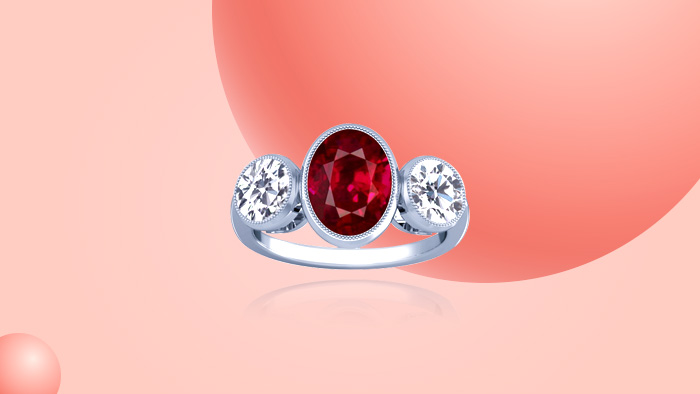
Another popular setting for side stones is the bezel setting. Instead of prongs holding the side stones, the metal completely surrounds each stone. The metal fits snugly around the side stone, making the setting one of the most durable and secure styles.
This is a great option for those who have an active lifestyle and wish to keep their ring on at all times. Because the side stones are set low and are partially covered, less light passes through than it does in a prong setting. However, it creates a sleek and modern look, and the side stones get true protection from chipping and scratching. Also, the risk of losing the gemstone altogether is practically impossible.
Channel Setting
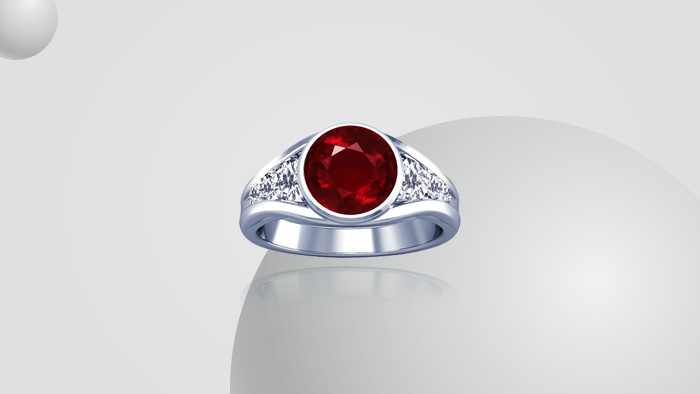
It’s not uncommon to mistake this type of setting for a bezel setting. Channel settings are very similar in appearance but are still a distinctly different style. A thin row of metal is set into the band of the ring, and the side stones are set within the groove of that channel. Like the bezel setting, the side stones are set flush against the metal, however, they are not fully covered on all sides. This is a very secure setting and minimizes any potential damage or loss of side stones to the ring.
The main drawbacks of a channel setting are that they can be difficult to clean due to the tight space. However, a channel setting can offer the security of a bezel while letting through a fair amount of light like a prong setting.
Pave Setting

One of the trendiest settings currently is the pave setting. It comes from a French word meaning “to pave”. Small holes are drilled into the ring. The side stones are placed in these holes and secured in place by tiny metal beads set around them.
This minimalist look gives a stunning visual effect, making the band appear seamlessly covered with gemstones. While this design can be expensive due to the number of side stones involved, it does an excellent job of highlighting the center stone and maximizing the overall brilliance of the ring.
Trilogy Setting
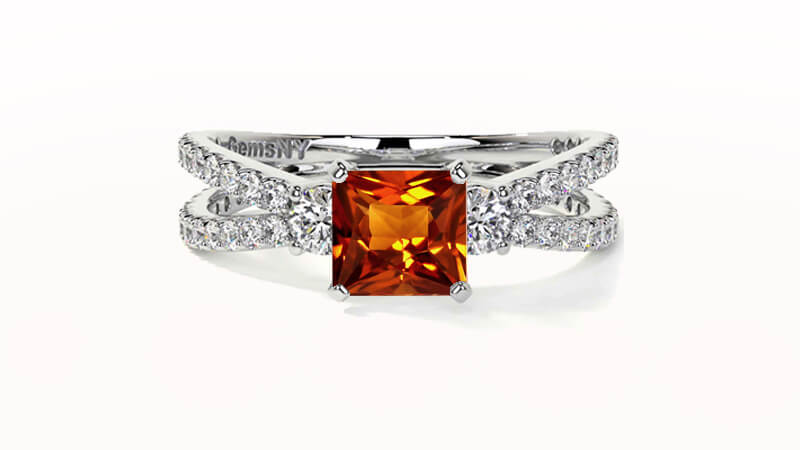
One of the most popular settings is the trilogy setting, especially for an engagement ring. The trilogy ring setting features not one or two but three beautiful gemstones. You can always customize your ring with a bigger center stone and two smaller side stones. It is a perfect setting that you can wear every day.
Which is your favorite setting till now?
Halo Setting
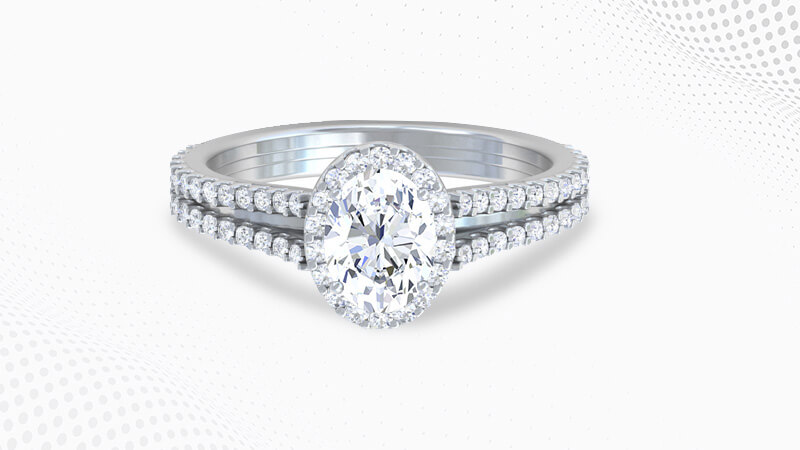
Love all things sparkly? A halo setting ring is the one for you. In this setting, there is usually a bigger center stone and a lot of smaller stones on the side. This arrangement makes the ring glitter more due to the ‘halo effect’. It is one of the trendiest styles that the brides-to-be are falling in love with! The halo setting is all glitter, shine and sparkles, and everything nice that you’re looking for.
Appearance and Comfort
Another consideration with a side stone setting is to match the appearance of the ring with the wearer’s comfort. Side stone settings can extend anywhere from halfway down the ring band, to all the way around. While a band completely covered with side stones may look more brilliant, it also increases the possibility of damage to the ring, especially to the gemstones towards the bottom of the band.
Some people might be a bit wary of wearing a prong-set side stone ring if they haven’t tried such jewelry. But those who have tried can vouch for their beauty. Conversely, bezel or channel settings may be more comfortable and secure, but may not bring out the brilliance of the stone in comparison to the prong settings.
It is up to you to find the ring setting that is ideal for both comfort and personal style. At GemsNY, you can explore all types of settings featuring both natural and lab-made gemstone. If you are looking to save while enriching your collection, we have incredible offers. Check them out today and shop with confidence!


